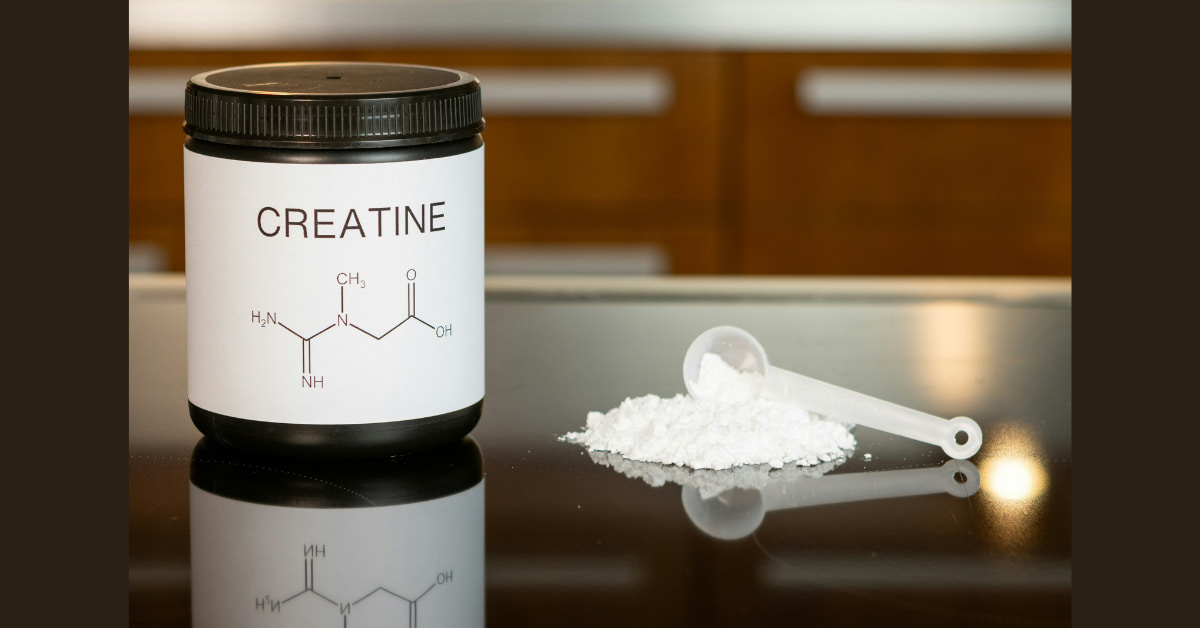Table of Contents
Introduction
Creatine is a compound that arrives from three amino acids. It is a compound synthesized in the body from three amino acids: L-arginine, glycine, and L-methionine. These amino acids are used in a two-step process to create creatine, primarily in the liver, kidneys, and pancreas. It is found mainly in the body’s muscles and the brain. Most individuals get it through seafood and red meat, though at levels far below those in synthetically made its supplements.
It is a famous nutritional & sports supplement. You may have read that using it may lead to hair loss. But is this true?
While it itself may not instantly lead to hair loss, it may impact the levels of a hormone that does.
It allows you to produce adenosine triphosphate (ATP) — the energy that keeps your muscles active. You get it from your diet and make it in the liver, kidneys, and pancreas.
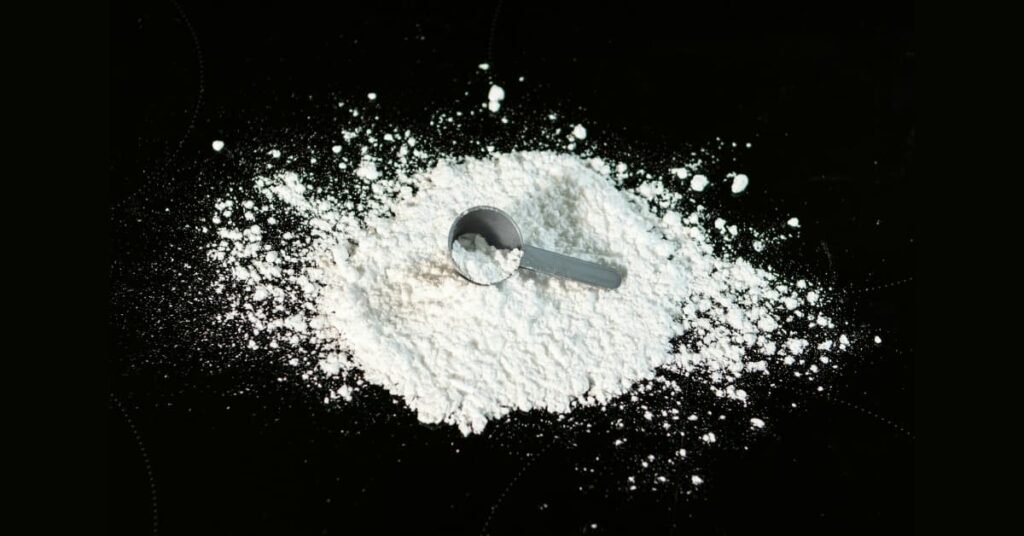
Creatine
It is a natural compound found in the body, primarily in the muscles, that allows the body to produce energy during high-intensity exercise or heavy lifting.
It is also a supplement that can help improve strength, muscle mass, and athletic performance. It does this by growing the body’s ability to produce adenosine triphosphate (ATP), which provides energy to cells.
Athletes, bodybuilders, and fitness enthusiasts often take it to enhance workout performance & support muscle growth.
We get a small amount of it from food, and the body can only produce a few grams daily. The suggested daily dose of it is 3 to 5 grams.
But don’t confuse creatine with anabolic steroids or Protein. It improves ATP production, while steroids impact muscle growth.
- Creatine vs steroids: Creatine is an amino acid. Its chemical structure is totally different from that of steroids, and it affects the body differently. It improves the ATP production, while steroids impact muscle growth.
- Creatine vs. Protein: Both creatine and protein support healthy muscles, but they have different roles. “Creatine provides quick-acting energy and improves the ATP(adenosine triphosphate) system. Protein isn’t an efficient energy source like it. It allows the building and repair of new muscle fibers.”

Does creatine cause hair loss?
The leading association between creatine and hair loss stems from a 2009 investigation among rugby players, which found that taking it might increase dihydrotestosterone (DHT) levels.
DHT is a hormone derived from testosterone and has links with hair loss, particularly in individuals genetically predisposed to male pattern baldness. Moreover, some key points are worth considering regarding this investigation:
- Study limitations: The sample size was small, and the study only measured DHT levels, not actual hair loss.
- Lack of direct evidence: No large-scale clinical trials have demonstrated that it directly impacts hair loss. Moreover, most anecdotal reports have not established a clear causal relationship.
- Genetics: Hair loss, particularly male pattern baldness, is mainly influenced by genetics. People predisposed to hair loss may notice thinning hair regardless of creatine use.
Is hair loss from creatine permanent?
The only potential link between creatine and hair loss is increased DHT levels. DHT is a hormone that can shrink Trusted Source hair follicles, leading to hair thinning or hair loss in people or individuals genetically predisposed to male or mannish pattern baldness or androgenetic alopecia.
Nevertheless, any potential hair loss from it would likely be reversible once DHT levels return to normal after stopping its supplementation. Creatine itself does not directly harm hair follicles. The concern is more about the hormonal shift it might cause in some people.
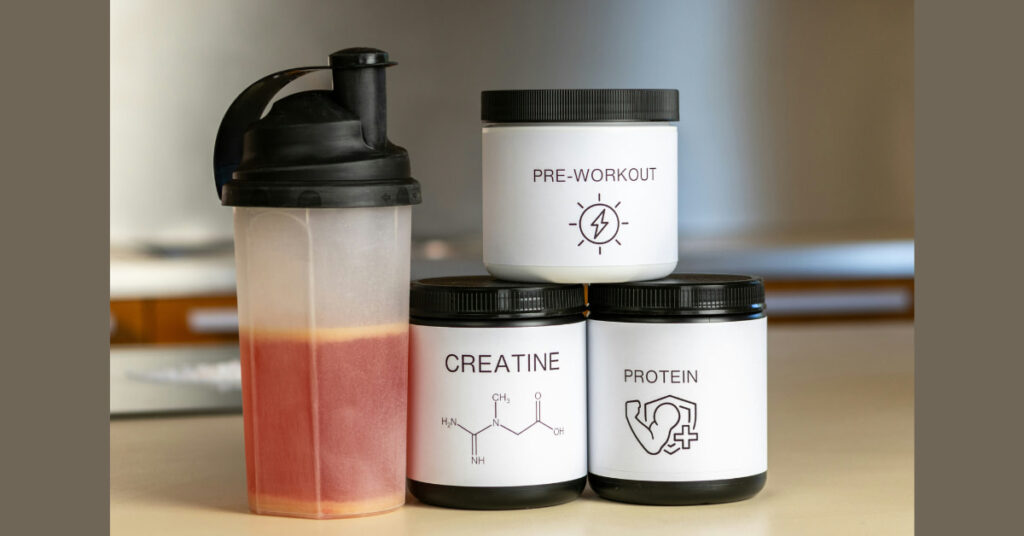
How to prevent hair loss from creatine
If someone has concerns about potential hair loss from it, the following strategies may help mitigate the risk. However, it is essential to note that the link between creatine & hair loss is still speculative.
- 1. Proper dosing: Doctors typically recommend a daily dose of 3 to 5 grams (g), after an optional loading phase of around 20 g per day (divided into smaller doses) for 5 to 7 days.
- 2. Hydration: Staying well-hydrated through out the day is essential to avoid dehydration and reduce the risk of cramps.
- 3. Split doses: If stomach upset occurs, people can consider splitting their dose into smaller portions throughout the day.
- 4. DHT blockers: People can consider using over-the-counter or prescription DHT-blocking shampoos or treatments, such as finasteride or saw palmetto, which can reduce the effects of DHT on hair follicles.
People with a family history of male pattern baldness or existing concerns about hair loss should consult a dermatologist and healthcare professional before starting to take creatine supplements. If necessary, these professionals can advise and suggest preventive measures, including medical treatments.
Anyone with preexisting kidney or liver conditions should also consult a healthcare professional before beginning creatine supplementation.
Other side effects
Creatine is one of the many researched fitness supplements, and experts consider it safe for many individuals who take it in recommended doses. Moreover, like any supplement, it can have side effects, particularly when a person has it improperly or in high amounts.
These side effects can include:
- Gastrointestinal issues: Taking too much creatine or not staying hydrated may result in stomach cramps, bloating, diarrhea, and nausea.
- Kidney stress: There are concerns about its effects on kidney function among people with preexisting kidney conditions. However, there is no strong evidence Trusted Source of harm in people without these conditions.
- Muscle cramps: Water retention may cause electrolyte shifts, leading to muscle cramps, especially if a person’s hydration and electrolyte levels are too low.
- Potential liver issues: Taking high doses of it in the long term has raised concerns about liver function, though no strong evidence links it to liver damage in people who have no health conditions.
- Increased risk of injury: Rapid increases in muscle mass from creatine may lead to imbalances between muscle strength and tendon durability, increasing the risk of strains or injuries.
- Suppression of natural creatine production: Creatine supplementation may temporarily reduce the body’s natural production, which returns to normal after stopping use.
- Mood and behavioral changes: Anecdotal reports suggest possible mood changes or increased aggression, though these are not well supported by evidence and may be related to workout intensity.
How fast does creatine cause hair loss?
While some research has linked creatine supplementation to a potential increase in DHT (dihydrotestosterone), a hormone associated with hair loss, there’s no conclusive evidence that it directly causes hair loss or does so at a specific rate. Most research suggests that it is unlikely to cause hair loss, especially in individuals without a genetic predisposition to baldness.
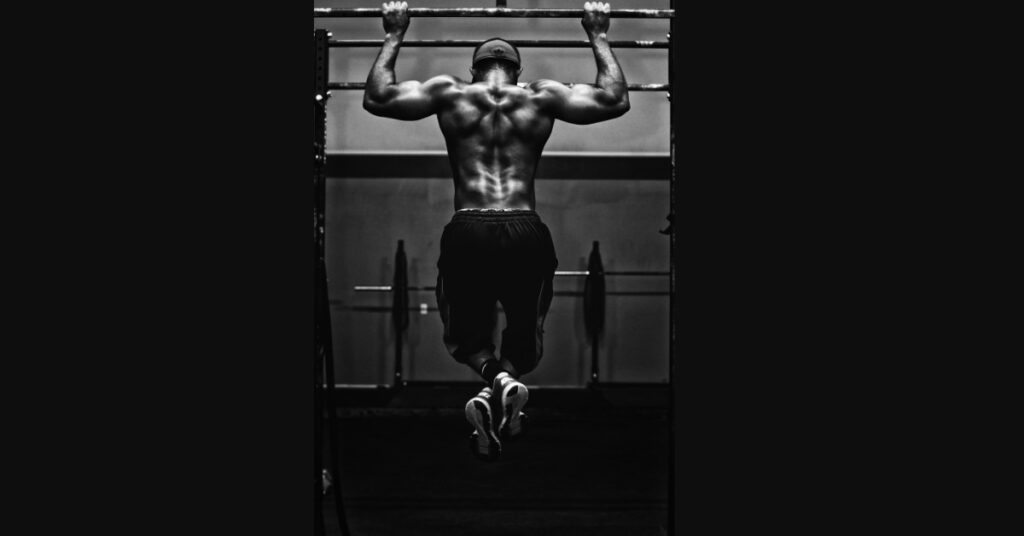
Does creatine cause weight gain?
Yes, it may cause weight gain, but it’s primarily due to muscle water retention, not fat gain. This water weight growth may be noticeable in supplementation’s first week or two, but it’s temporary. Its supplementation may also increase lean muscle mass with consistent use and proper training.
Does creatine cause aches?
While creatine supplementation is usually considered safe and doesn’t directly cause aches, some people may experience minor side effects like muscle cramps or headaches, often linked to dehydration or overexertion rather than creatine.
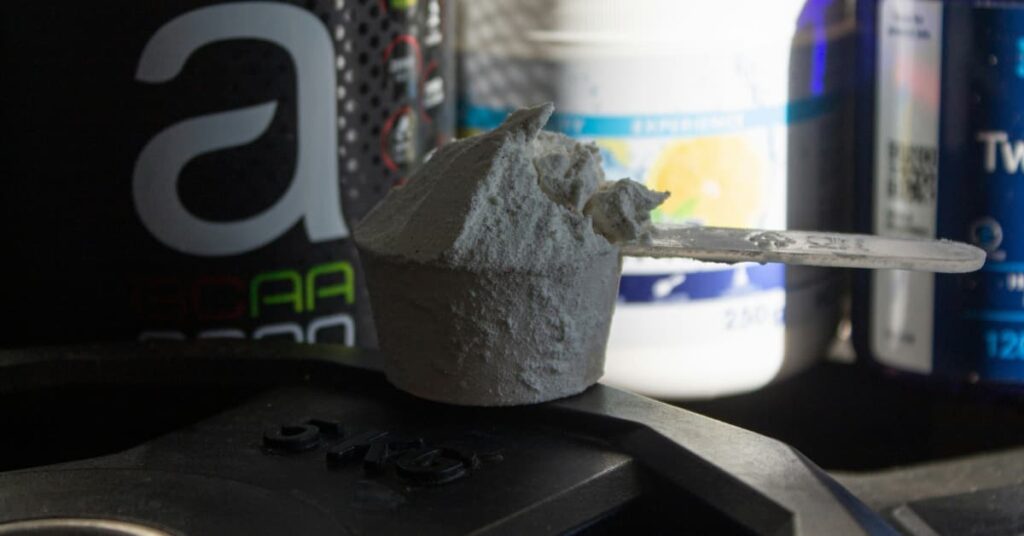
Uses & Effectiveness
Possibly Effective for
- Athletic performance. Taking it by mouth somewhat improves rowing, jumping, and soccer performance. However, it is unclear whether it helps with sprinting, cycling, swimming, or tennis.
- Muscle strength. Taking it by mouth improves muscle strength in both younger & older adults. It’s not clear if putting it on the skin helps.
- Sarcopenia (Age-related muscle loss). Taking it orally for up to 12 weeks improves muscle strength in older adults. It works best when used along with exercise to build muscles.
Possibly Ineffective for
- Lou Gehrig’s disease (ALS or amyotrophic lateral sclerosis). Having it by mouth does not seem to slow disease progression or improve survival in individuals with ALS.
- An inherited brain disorder that impacts movements, emotions, & thinking (Huntington’s disease). Having it by mouth does not improve symptoms in individuals with Huntington’s disease.
- Osteopenia (Low bone mass). Having it by mouth does not seem to slow or reduce bone loss in individuals with osteopenia.
There is interest in using it for several other purposes, but there isn’t enough reliable information to say whether it might be helpful.
Side Effects
It is likely safe for many people when taken by mouth. Doses up to 25 g daily for up to 14 days have been safely used. Lower 4-5 g daily doses for up to 18 months have also been safely used. It is safe when taken long-term. Doses up to 10 g daily for up to 5 years have been safely used. Side effects might include upset stomach, dehydration, & muscle cramps.
When applied to the skin, there isn’t enough trustworthy information to know if creatine is safe. It might cause side effects like redness and itching.
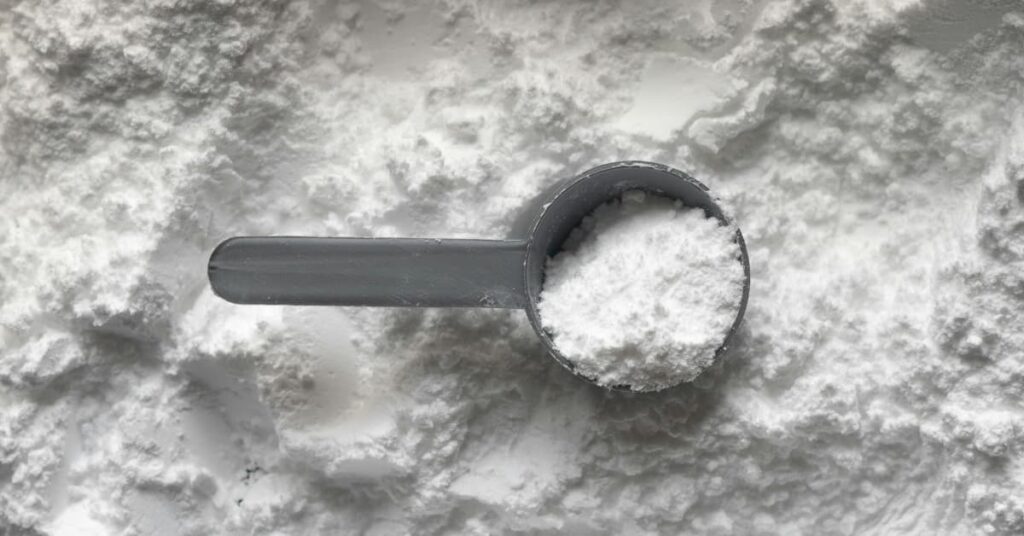
Special Precautions and Warnings
Creatine is likely safe for most people when taken by mouth. Doses up to 25 g daily for up to 14 days and lower 4-5 g daily for up to 18 months have also been cautiously used. It is safe when taken long-term. Doses up to 10 g daily for up to 5 years have been safely used. Side effects might include dehydration, upset stomach, and muscle cramps.
When applied to the skin, there isn’t enough reliable data to know if it is safe. It might cause side effects like redness & itching. Pregnancy and breastfeeding: There isn’t enough reliable information to know if creatine is safe when pregnant or breastfeeding. Stay on the safe side & avoid use.
Children: It is possibly safe when took by mouth, short-term. 3-5 g daily for 2-6 months has been taken safely in children 5-18. 2 g daily for 6 months has been taken cautiously in children 2-5. 0.1-0.4 g/kg daily for up to 6 months has been taken safely in infants & children.
Bipolar Disorder: It may make mania worse in people with bipolar disorder.
Kidney Disease: It might worsen kidney disease in people with it. If you have kidney disease, speak with a doctor or healthcare professional before using creatine.
Parkinson’s disease: Caffeine & creatine taken together may make symptoms of Parkinson’s disease worse. If you have Parkinson’s disease and take creatine, use caffeine with caution.
Conclusion
It is a source of energy for the cells. Your liver, pancreas, and kidneys naturally produce it. You can also acquire it through your diet by consuming red meat and fish.
It, also known as phosphocreatine, is stored in skeletal muscles. Later, during physical activity, it can be broken down to be used as energy for muscle contractions.
When you take the supplements, more creatine becomes available in your muscles. These increased levels may allow your muscles to generate more energy.
Because of this, many people take it to increase their muscle mass & improve athletic performance. Creatine supplements, including powders, liquids, and tablets, may be found in various forms.

